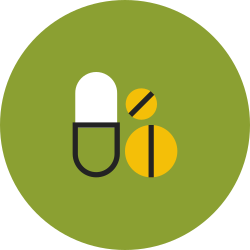Select Maps
| Map 1 | Map 2 | |
|---|---|---|
| Opioid Indicators | ||
| Drug-related Deaths | ||
| Age-adjusted Drug Poisoning Deaths per 100,000 (Modeled) | ||
| Opioid Prescriptions per 100 Persons | ||
| Number of 30 Days Supply of Opioids per Part D Enrollee | ||
| Vulnerable County Rank | ||
| HIV Indicators | ||
| Number of People Living with Diagnosed HIV | ||
| Number or People Living with Diagnosed HIV per 100,000 | ||
| New HIV Diagnoses | ||
| Counties and States included in the Ending the HIV Epidemic Plan | ||
| Services Indicators | ||
| Facilities Providing Substance Abuse Services | ||
| Facilities Providing Some Medication Assisted Treatment | ||
| Facilities Providing All Medication Assisted Treatments | ||
| Providers Licensed to Administer Buprenorphine | ||
| Syringe Exchange Programs | ||
| Distance to Nearest SSP | ||
| Distance to Nearest Substance Abuse Facility providing MAT | ||
| Other Indicators | ||
| Unemployment Rate | ||
| Percent of People without Health Insurance | ||
Ohio Opioid Epidemic
Most Vulnerable Counties
The CDC has identified 220 counties at risk of outbreaks of HIV and/or hepatitis C as a result of the opioid epidemic. These represent only the top 5% of counties in the nation based on 6 factors assessed. Health officials responsible for these counties should be particularly sensitive to ensure targeted, evidence-based interventions and services are available. The article abstract is available here.
- Adams County National Rank: 51
- Pike County National Rank: 72
- Jackson County National Rank: 111
- Meigs County National Rank: 123
- Brown County National Rank: 127
- Scioto County National Rank: 136
- Vinton County National Rank: 146
- Gallia County National Rank: 155
- Athens County National Rank: 173
- Clinton County National Rank: 190
- Highland County National Rank: 196
State Opioid Policies
Several policies can mitigate the impact of increased opioid use. These include legislation permitting the operation of syringe exchange programs, good samaritan laws that provide legal protections to bystanders who call for help in the event of an overdose, and state Medicaid coverage of methadone for the treatment of opioid use disorder. In addition, states experiencing, or at an elevated risk of, experiencing HIV or hepatitis outbreaks may use federal DHHS funds to support syringe service programs. In order to be eligible to do so, state, local, tribal, and territorial health departments must consult with CDC and provide evidence demonstrating risk.
State Trends
Federal Funding to Ohio
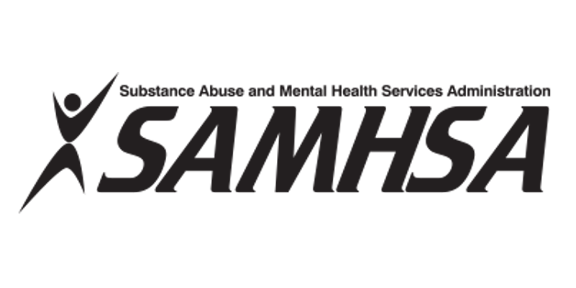
The Substance Abuse and Mental Health Services Administration (SAMHSA) makes grants to fight the opioid epidemic through several programs. The largest of these are the Opioid State Targeted Response (STR) and State Opioid Response (SOR) grants. Several smaller grant programs are also available.
STR grants: $26,060,500 (2018)
SOR grants: $55,229,900 (2018)
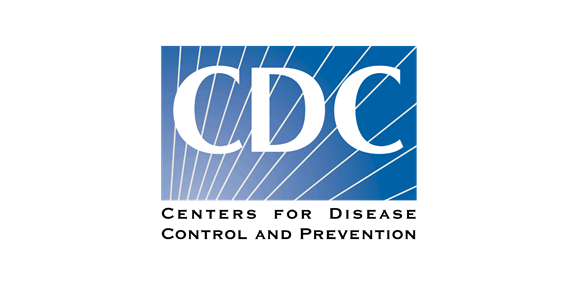
The Centers for Disease Control and Prevention (CDC) provides leadership in improving public health by working with community, state, national, and international partners in surveillance, research, and prevention and evaluation activities. The Division of HIV/AIDS Prevention (DHAP) and the Division of Viral Hepatitis (DVH) are responsible for HIV and viral hepatitis control activities, respectively. The National Center for Injury Prevention and Control (NCIPC) provides grants to states for both illicit and prescription opioid monitoring and research.
HIV/AIDS: $13,796,900 (2022)
Viral Hepatitis: $205,640 (2022)
Injury - Opioids: $18,649,700 (2022)
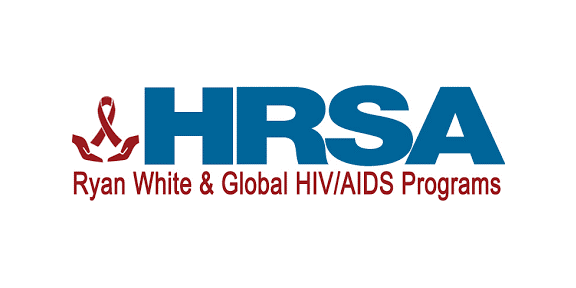
The Ryan White HIV/AIDS Program provides a comprehensive system of care that includes primary medical care and essential support services for people living with HIV who are uninsured or underinsured. The Program works with cities, states, and local community-based organizations to provide HIV care and treatment services to more than half a million people each year.
Ryan White: $37,154,900 (2016)
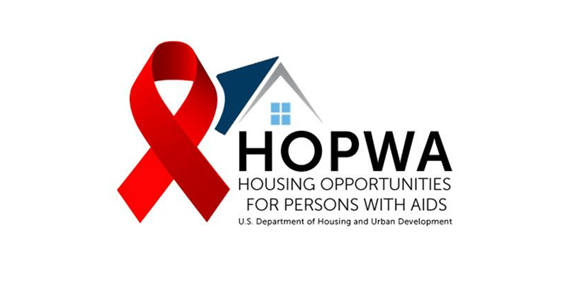
The Housing Opportunities for Persons With AIDS (HOPWA) Program is the only Federal program dedicated to the housing needs of people living with HIV/AIDS. Under the HOPWA Program, HUD makes grants to local communities, States, and nonprofit organizations for projects that benefit low-income persons living with HIV/AIDS and their families.
HOPWA: $7,014,660 (2021)
| * Small values are suppressed to preserve confidentiality. State-level data include the suppressed estimates so county rows will not sum to state totals. |



